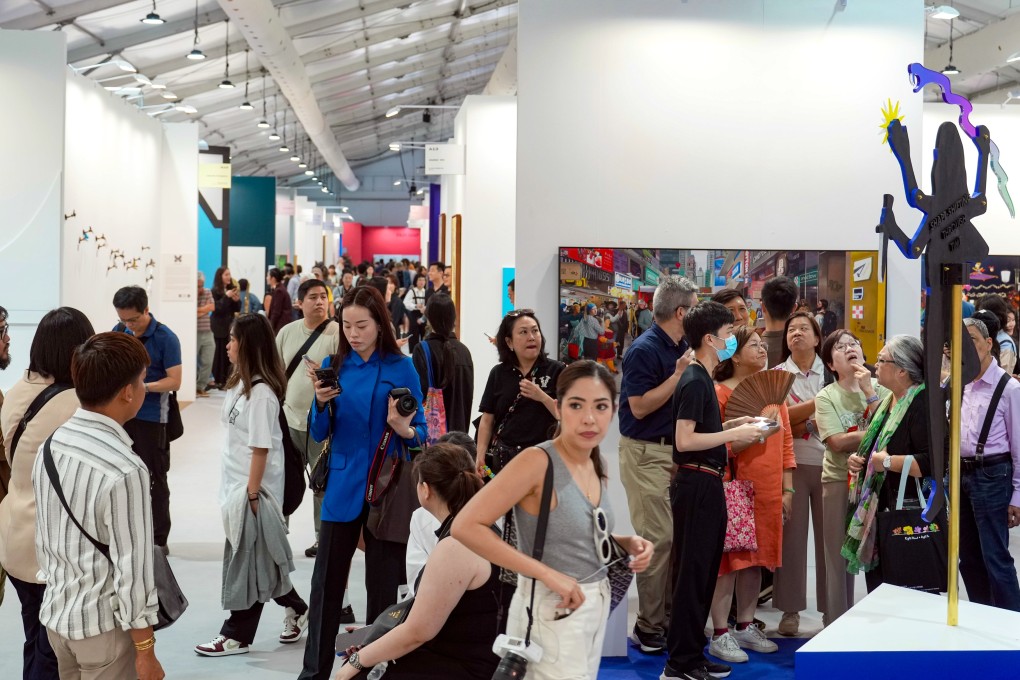Hong Kong welcomes more than 11 million visitors in first quarter, more than double last year’s figure
- Financial Secretary Paul Chan says business confidence hurt amid changed spending habits, pledges to provide more help for small and medium-sized firms
- More than 450,000 residents left city on Saturday for the Easter break, with about 135,000 visitors entering

Hong Kong welcomed more than 11 million visitors in the first quarter, more than double the amount in the same period last year, while critics warned economic difficulties would persist if the city’s structural problems were not tackled properly.
“Looking back at the first quarter, Hong Kong’s overall economy maintained steady growth with an unemployment rate below 3 per cent,” Chan wrote in his weekly blog on the third day of the four-day Easter holiday.
“Inflation remained relatively moderate,” he said. “Visitor arrivals exceeded 11 million, providing certain support to the local retail, food and beverage, and transport industries.”
The latest figures showed visitor numbers in the first three months of 2024 were more than double the number logged for the same period last year.

The Tourism Board said the city welcomed 4.4 million inbound travellers between January and March 2023, 76 per cent of them from mainland China. But as overall tourism numbers go up, businesses are struggling with an exodus of residents during the Easter holiday.